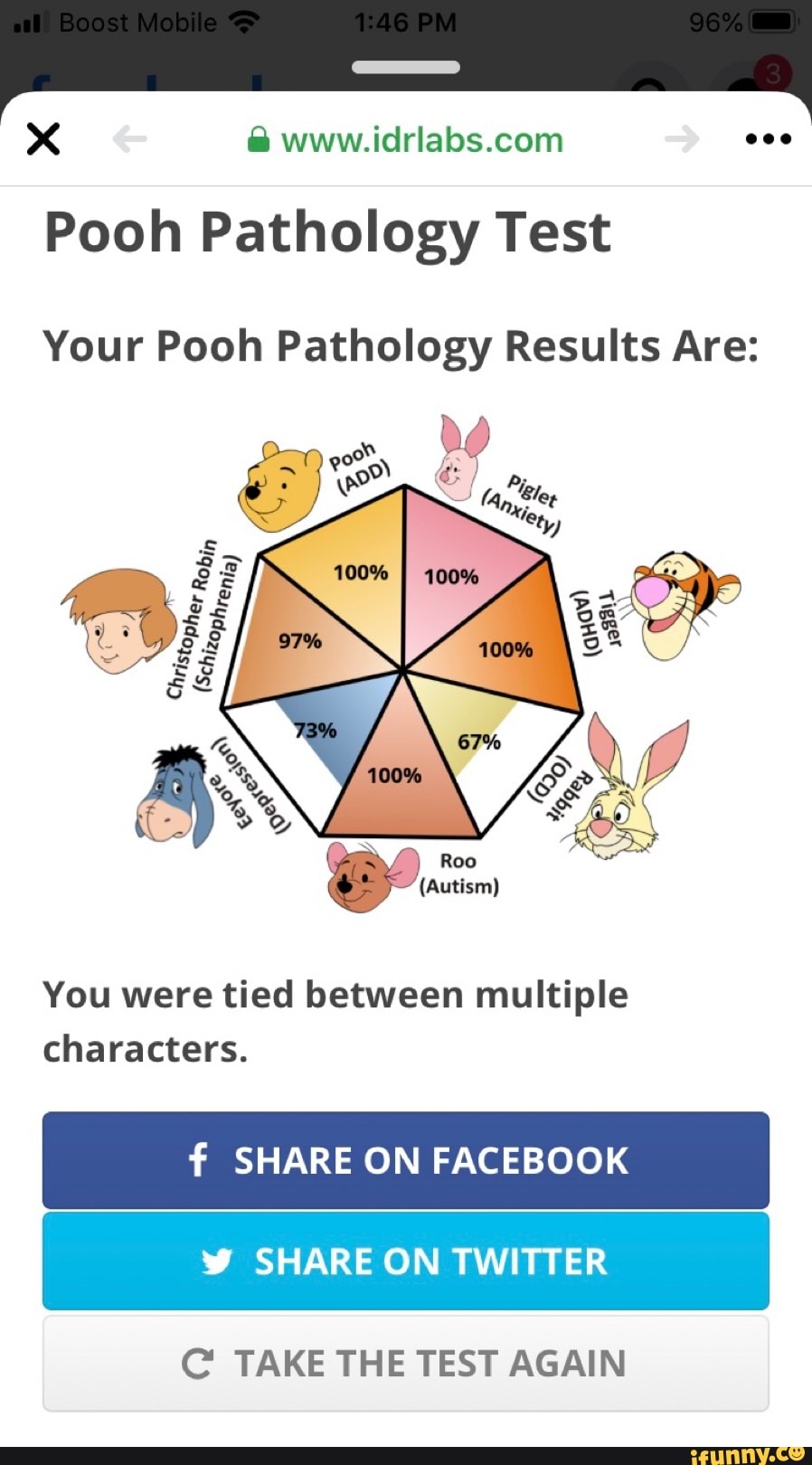

Maybe with a little fluoxetine, Eeyore might see the humour in the whole tail-losing episode. Eeyore would benefit greatly from an antidepressant, perhaps combined with individual therapy. We do not have sufficient history to diagnose this as an inherited, endogenous depression or to know whether some early trauma contributed to his chronic negativism, low energy and anhe(haw)donia. Pooh and Piglet are at risk for additional self-esteem injury because of the chronic dysthymia of their neighbour, Eeyore.

Had he been appropriately assessed and his condition diagnosed when he was young, he might have been placed on an antipanic agent, such as paroxetine, and been saved from the emotional trauma he experienced while attempting to trap heffalumps. He clearly suffers from a Generalized Anxiety Disorder. I take a PILL-tiddley pom It keeps me STILL-tiddley pom, It keeps me STILL-tiddley pom Not fiddling.Īnd what of little Piglet? Poor, anxious, blushing, flustered little Piglet. With the right supports, including methylphenidate, Pooh might be fitter and more functional and perhaps produce (and remember) more poems.
POOH PATHOLOGY TRIAL
We cannot but wonder how much richer Pooh's life might be were he to have a trial of low-dose stimulant medication. Could his later cognitive struggles be the result of a type of Shaken Bear Syndrome? Early on we see Pooh being dragged downstairs bump, bump, bump, on the back of his head. The cause of Pooh's poor brain growth may be found in the stories themselves. We could not confidently diagnose microcephaly, however, as we do not know whether standards exist for the head circumference of the brown bear. Pooh is also clearly described as having Very Little Brain. Given his coexisting ADHD and OCD, we question whether Pooh may over time present with Tourette's syndrome. Pooh's perseveration on food and his repetitive counting behaviours raise the diagnostic possibility of Obsessive Compulsive Disorder (OCD). The latter, of course, has also contributed to his significant obesity. We concluded, however, that this reflected more on his comorbid cognitive impairment, further aggravated by an obsessive fixation on honey. As clinicians, we had some debate about whether Pooh might also demonstrate significant impulsivity, as witnessed, for example, by his poorly thought out attempt to get honey by disguising himself as a rain cloud.

Most striking is his Attention Deficit Hyperactivity Disorder (ADHD), inattentive subtype. This unfortunate bear embodies the concept of comorbidity.


 0 kommentar(er)
0 kommentar(er)
